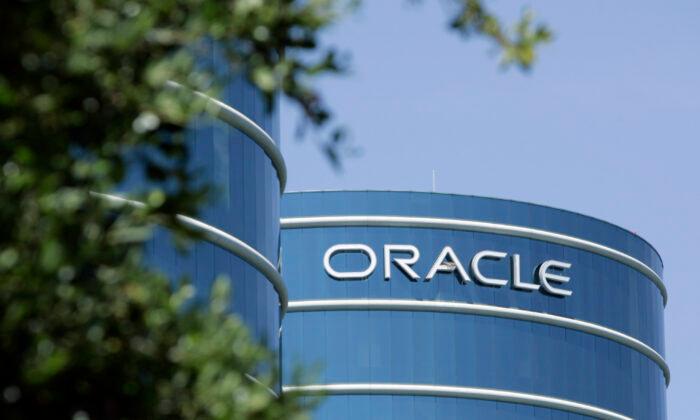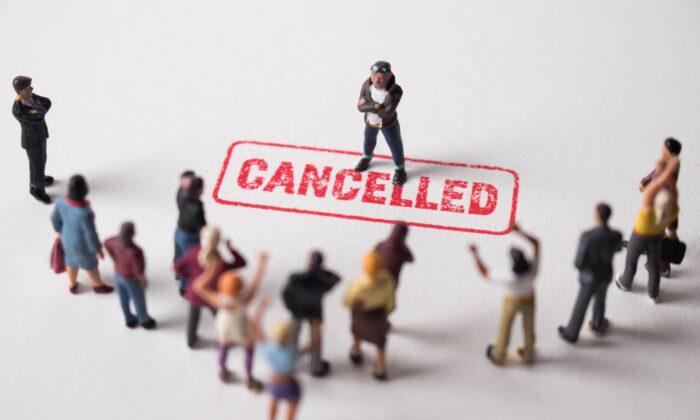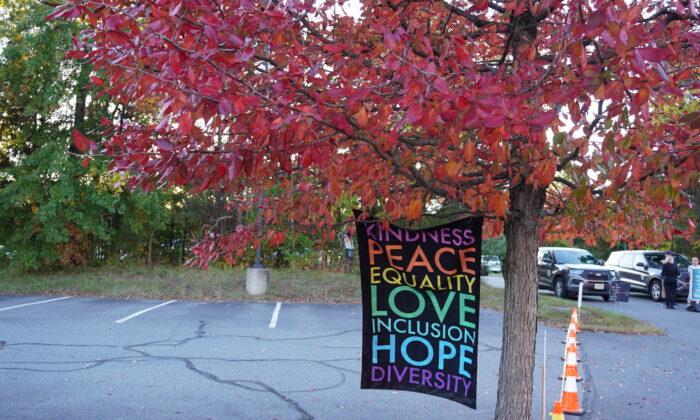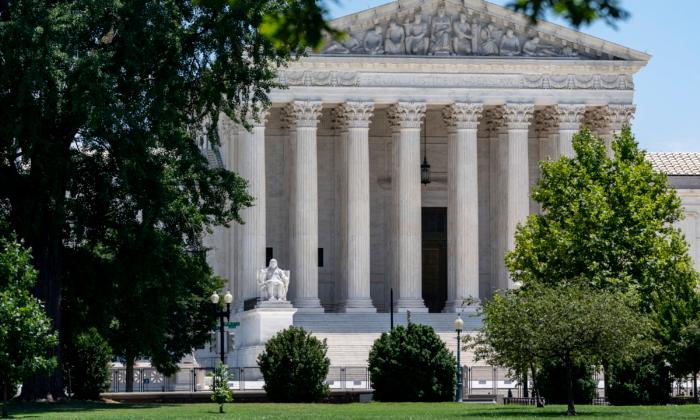In the early days of software, those against patenting software argued that copyright protection would suffice.
In its Alice decision, the Supreme Court explicitly stated that software is patentable but then went on to describe as unpatentable any invention that had the characteristics of software. Similarly, in the Google decision, the court said that software is copyrightable but there are “fair use” exceptions; they then went on to describe how to claim this exception for virtually any copied software.
At issue was the code for application program interfaces (“APIs”), which are like the names and addresses of program functions such as calculating a square root or recognizing a person’s face from a picture. Just like mail can’t get to a specific person without that person’s name and address, programmers can only use software functions by knowing the APIs.
Oracle created the Java system and created APIs to access the Java functions. Oracle then spent time and money teaching programmers about the APIs. Google created the Android system but didn’t want to spend time and money teaching programmers, so they decided to use the exact same APIs as Oracle. They tried to license them from Oracle but couldn’t reach a deal, so they just copied them. Specifically, they copied 37 APIs, which consisted of 11,500 lines of code.
There are four criteria for determining whether a copy is fair use:
The purpose and character of the use, including whether such use is of a commercial nature or is for nonprofit educational purposes; the nature of the copyrighted work; the amount and substantiality of the portion used in relation to the copyrighted work as a whole; and the effect of the use upon the potential market for or value of the copyrighted work.
In discussing the four factors of fair use, the Supreme Court got it wrong on every single count, if you look at more than 200 years of copyright law and 41 years of software copyright law.
With respect to the purpose and character of the use, the court claimed that Google’s use of Oracle’s APIs was transformative. A work is transformative when it’s used for a different purpose than the original. For example, computer code could form the background of a painting because the painting isn’t used to control a computer. However, Google stated that its reason for copying the APIs was to give an interface to programmers that they already knew. In other words, the APIs were used for the same purpose as the original and thus not transformative.
With respect to the nature of the copied APIs, the court claimed that the copyrightability of the APIs “derives from the value that those who do not hold copyrights, namely, computer programmers, invest of their own time and effort to learn the API’s system.”
In other words, the court claimed that the copying was fair use because of the large number of programmers who utilized the code. With this logic, it would be fair use to incorporate popular novels such as “Harry Potter and the Sorcerer’s Stone” into other novels because of its large fan base.
With regard to amount and substantiality, the Supreme Court stated that the 11,500 copied lines of code only amounted to 0.4 percent of the entire 2.86 million lines of Oracle’s Java code. Yet, as I have argued many times successfully in court, substantiality isn’t determined by percentages of overall code any more than copying an author’s book is fair use if only one of many books is copied. Substantiality is determined by how important the code was in and of itself to the copyright infringer. Google found it important enough to copy the code without a license and risk a multibillion-dollar lawsuit.
With regard to market effect, the Supreme Court stated that Oracle had failed in its attempt to create a Java system for a smartphone while Google had succeeded. Therefore, they concluded, the copying had no effect on the market. This is like saying that after I stole your car, you never drove that car. The court ignored the fact that the Android operating system with the copied APIs replaced Oracle’s system in the Amazon Kindle and reduced Oracle’s revenues from Samsung because Google gave out its operating system for free. The court also ignored the revenues lost to Oracle if Google had legitimately licensed the API code from Oracle.
The court has a shortsighted understanding of copyright law, not realizing that taking away an author’s rights in one situation may have an immediate benefit to society, but in the long run, authors will stop writing altogether, which is a huge disadvantage to society. The Founding Fathers understood that rewarding the labor of authors was a requirement for promoting such progress, not a side effect of it.
In his very clearly worded dissenting opinion, Justice Clarence Thomas explained all of these issues and described the majority’s fair use analysis as “fundamentally flawed.” He also stated that this order will “eviscerate” U.S. copyright law as Congress wrote it with regard to software.
Companies must now keep their software code secret and never release code to the public unless they’re willing to give up all rights in it. Ironically, the open-source software advocates who are applauding this ruling will find their business model diminished. Knowing that their code can be wantonly copied, companies will be reluctant to donate any of their code to the open-source community.
And most disturbingly, independent software developers and startup companies can have their software code copied without recourse of patent protection or copyright protection. There’s now less incentive for software innovators to invent and startup companies to get investment because Big Tech can copy the software of others without consequences.





